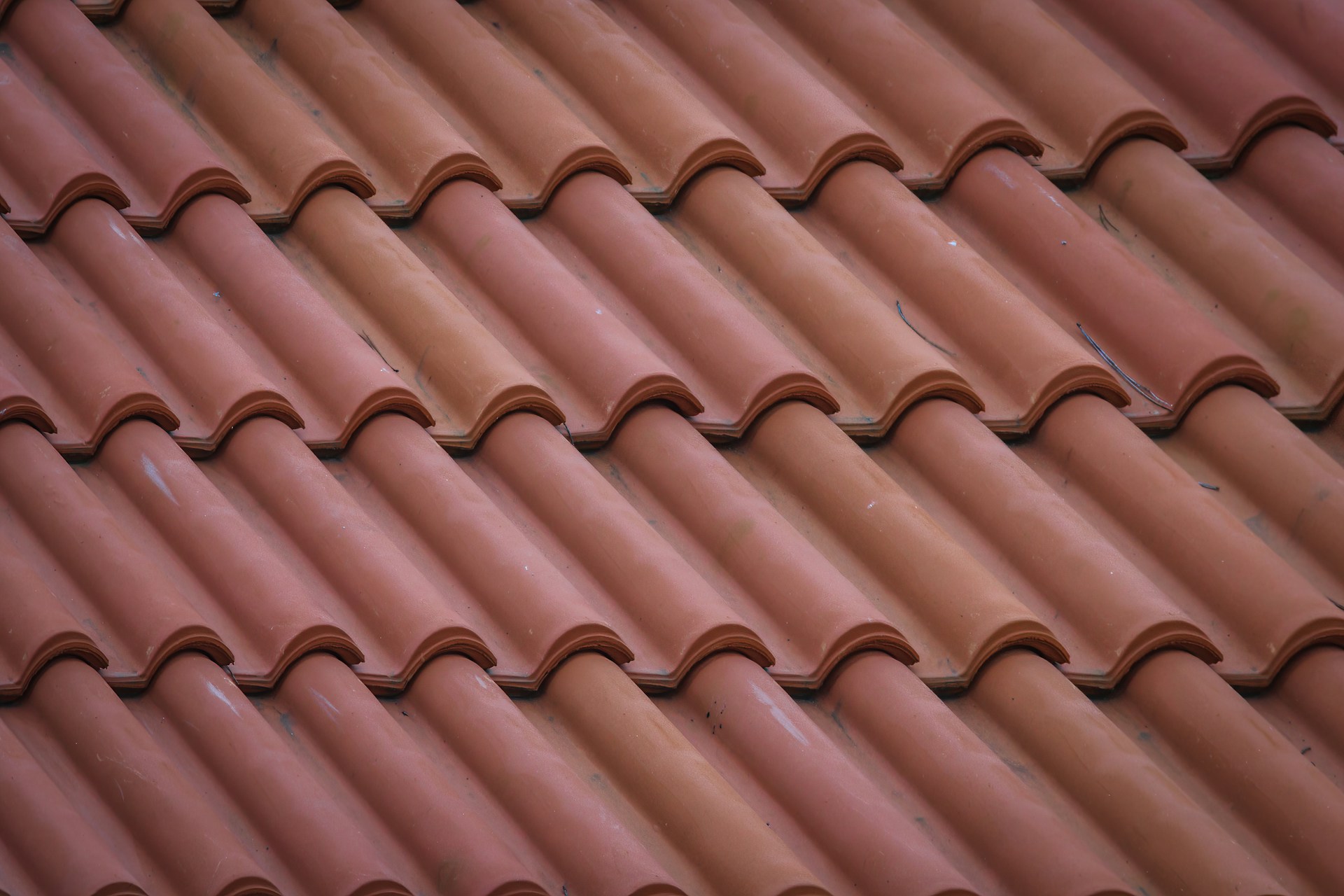Roof leaks can cause serious damage if not addressed promptly. Understanding how to detect leaks early can save you from expensive repairs. Often, leaks are hidden, making them hard to notice until the damage becomes severe. Recognizing the early signs is crucial to protect your home and belongings.
Wet spots on your ceiling, damp walls, or water stains can be indicators of a roof leak. Sometimes, the source of the leak is not directly above these spots, as water can travel along beams or other materials before becoming visible. By learning how to spot potential leaks, you can take action before the problem escalates.
Detecting roof leaks involves a keen eye for detail and a bit of investigative work. With the right approach, you can find leaks and fix them before they lead to bigger issues. Knowing where and what to look for helps keep your roof in good shape, ensuring your home stays dry and secure.
Identifying Common Signs of Roof Leaks
Spotting a roof leak early can prevent extensive damage. Keep an eye out for water stains on your ceilings or walls. These might appear as dark spots or patches, often with a brownish hue. Stains are a clear indicator that water is making its way inside your home. Additionally, listen for any water dripping noises during or after rain storms, as these are clues that water is sneaking in.
Mold or mildew growth, particularly in areas without plumbing, can also signal a leak. This is because moisture from a leak creates the perfect environment for these problems. Musty odors in your home can also be a hint that water has invaded, even if you don’t see visible mold.
Check for bubbling or blistering paint on your walls or ceilings. These are warning signs of trapped moisture. When water sits behind paint, it causes the paint to lift away from the wall. Even if the paint is not actively bubbling, peeling or flaking can suggest past water intrusion issues.
Outside your home, remain vigilant for water pooling around the foundation, especially after heavy rain. This can suggest drainage issues or problems with roof water runoff. Regularly checking for these signs in and around your home can help catch roof leaks before they become bigger issues.
Inspecting Roof Shingles and Flashing
Your roof’s shingles and flashing are your first line of defense against leaks. Inspecting them regularly can help you identify potential weak spots. Start by checking for any shingles that are cracked, curled, or missing. Damaged or absent shingles expose the roof’s underlayers to water, promoting leaks.
Next, keep an eye out for shingle granules in your gutters or downspouts. These tiny particles are a sign that your shingles are deteriorating. If you notice excessive granule loss, your roofing may be nearing the end of its lifespan.
Flashing, the metal pieces around chimneys, skylights, and vents, is vital for sealing seams and joints. Check for signs of rust or corrosion on the flashing, as these can lead to gaps that let water in. Ensure that flashing is secured tightly against surfaces. Loose flashing can shift during storms, opening paths for water entry.
Take a look at areas where different roof sections meet or where the roof meets walls, known as valleys. These are common spots for leaks. Clear away any debris buildup, like leaves or branches, that can trap moisture and accelerate deterioration.
If you find any unfamiliar cracks or see daylight through the roof boards from your attic, it’s time to call in a professional. Regular inspections and maintenance of shingles and flashing are crucial to prevent roof leaks and ensure your home stays dry.
Checking Attic and Ceiling Areas
One effective way to spot roof leaks is by examining your attic and ceiling areas. These locations often show warning signs before you notice any visible issues on your roof’s surface. Start by venturing into your attic. Look for any damp or wet spots on the wooden beams or insulation that could indicate water intrusion. Water stains might appear as dark spots on the wood, and you might even notice a musty smell, which often signals mold growth due to moisture.
Pay attention to the ceiling in your main living areas as well. Discoloration, such as yellowish-brown stains, might appear on the ceiling, pointing to water damage. These spots can grow over time, highlighting an ongoing leak issue. Bubbling or peeling paint on the ceiling and walls can be another indicator of water making its way into your home.
Regularly checking these areas, especially after heavy rain, can help you catch problems early. If you notice any of these signs, it might be time to look further into potential roof issues or contact a professional for an inspection. Being attentive to these details helps in maintaining the strength and safety of your roofing system.
Using Water Tests to Pinpoint Leaks
If you’ve spotted signs suggesting a leak but can’t figure out the exact source, performing a water test is a practical step. It involves using water to identify the leak’s origin, which can be a bit like detective work. Start on a dry day by having someone help you. Grab a garden hose, and head up to the roof while your helper stays inside the house in the area showing signs of water entry.
Use the hose to gently spray sections of the roof, starting at the lowest point and gradually moving upward. Take it slowly, spending a few minutes on each section while your helper keeps an eye out for any water seeping through. Start with easy-to-access spots, like roof joints and flashing areas, as these are common spots for leaks.
This method can be very effective but might not work in all cases. The leak might still be tricky to pinpoint if it travels along surfaces before becoming visible inside. If your efforts don’t reveal the problem, it may be time to bring in professional help to avoid further damage from unidentified leaks.
Conclusion
Detecting roof leaks can seem challenging, but knowing where and what to look for makes the task easier. Paying attention to your ceilings, attic, and using targeted water tests are practical ways to stay ahead of potential leaks. Acting quickly when you see signs of trouble prevents more severe damage to your home and keeps repair costs down. Keeping your roof in good condition maintains your home’s safety and value over time.
For those in Rapid City, having a sturdy and leak-free roof means peace of mind despite the weather’s challenges. Being aware of the signs discussed can save homeowners from the trouble and expense that neglected roofs often bring. This proactive approach not only preserves your roof’s lifespan but also ensures your home remains a safe and welcoming place for years to come.
If you’ve spotted any warning signs or need a professional eye to take a closer look, don’t hesitate to reach out. The experts at RainTite Roofing & Construction are ready to help you keep your home dry and secure. Our skilled team provides comprehensive roofing assessments and solutions tailored to your roofing needs. Contact RainTite Roofing & Construction today for a thorough roof inspection or repair before small issues become big hassles.

